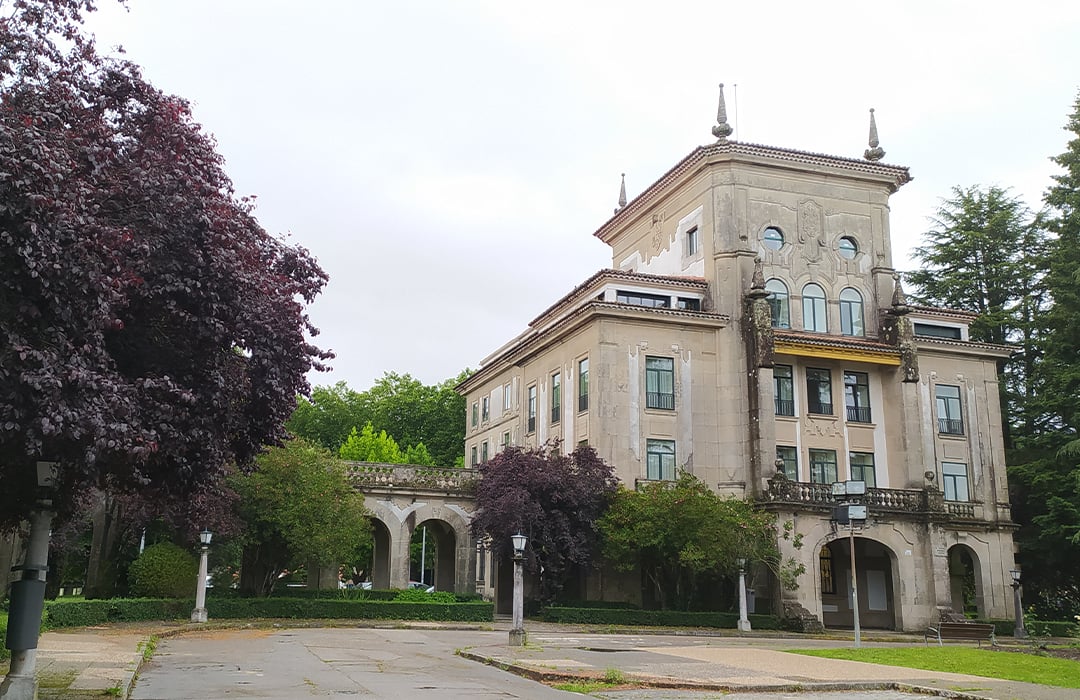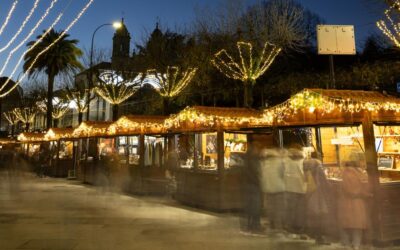One of the hubs of student life in Santiago de Compostela lies in this university campus, which stands out for its geometric arrangement and the abundant presence of vegetation and green areas.
In 1929, the City Council of Santiago approved a major initiative for the construction and creation of university residences as part of a plan to expand the city itself, which served as the starting point for the creation of the South Campus of the Galician capital.
After the acquisition of the land, the design of the urbanization project was entrusted to the then municipal architect, Constantino Candeira Pérez.
He was later replaced by Jenaro de la Fuente Álvarez, who was in charge of developing the organization plan for the precinct, which starts from the axis of the stairway of the Alameda de Santiago.
The urbanization project was initially conceived as a leisure and recreation area, with gardens, an open-air theater, sports facilities and senior high schools.
All this forms a complex full of green areas, with almost a century of history, which connects with the Alameda de Santiago, the Carballeira de San Lourenzo and the roads of Noia and Conxo.
The organization of this plan stands out for its layout which, as mentioned above, links directly with one of the lungs of the city: the Alameda Compostelana. From the viewpoint and the iconic stone staircase, the visitor can advance from the Paseo de la Herradura and descend to this university area.
The water that springs at the foot of the staircase runs along the central promenade of this green and urban complex, along various ponds and fountains that accompany the gardens.
The meadows, ponds and paths are intertwined with roads and a layout that follows a geometric scheme, with an important diversity of tree species and ornamental plants, such as magnolias, junipers and pines.
In addition, the project underwent several expansions throughout the history of the city due to the high number of students and the increase of its weight from the second half of the twentieth century.
During the visit, you can contemplate some statues that allude to figures of the academic life, such as the one of the jurist Emilio Penzol Labandeira.






